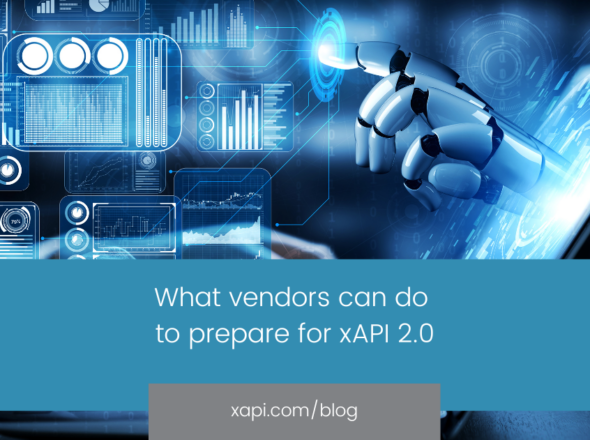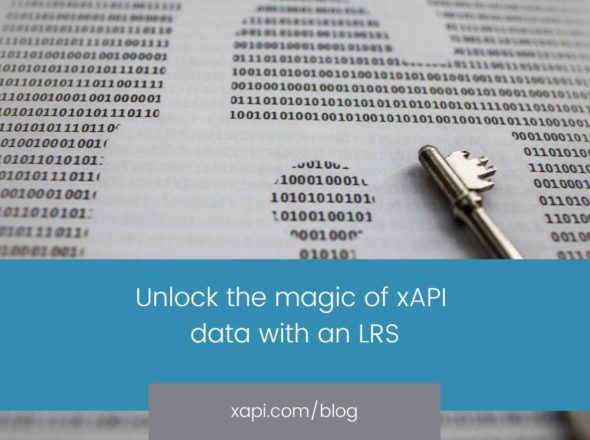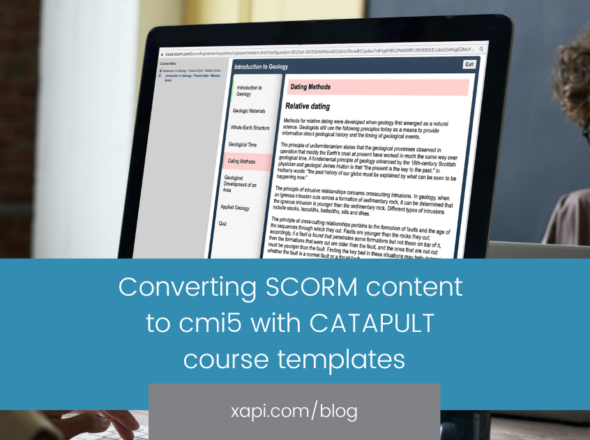Theory teaches us how things should work, in a perfect world. Experience teaches us how they might—or might not—work, in an imperfect world. What better way to learn than to hear someone’s real world experience with the various learning tools and technologies before jumping into your own practical application of xAPI? Understanding the pros and cons of the different types of deployments can save you time and headaches when going through your own requirements gathering for your xAPI project.
As you begin to use xAPI, you’ll need to decide which type of Learning Record Store (LRS) you need. An LRS is considered the heart of your xAPI learning ecosystem and enables the collection of data from a wide variety of learning experiences. Chris Tompkins covered all the different options and points to consider when selecting an LRS during his talk with the Spring xAPI Cohort. If you’d like to watch the recording, you can view that here, but we’ll cover a few of the ecosystem scenarios next.
Standalone LRS
This option is what most people think of when describing a Learning Record Store. It’s a single source of truth to receive, store and study learning experiences. It can be used as a hub to collect training data from a variety of sources including an LMS, games, simulations, mobile apps and more. You’ll need to look closely at how well—or poorly—these outside tools integrate with your standalone LRS. Be sure to avoid any hard coded credentials for authentication as this can be risky to your security efforts.
An LRS integrated within a learning platform
Many Learning Management System (LMS) providers offer a built-in LRS. This can be a nice one-stop shop solution with built-in integration to both launch and track xAPI content. A word of caution, not all LMSs let you bring in outside data into the LRS, but only capture what’s recorded on their platform. The opposite problem can also exist where the xAPI data stored in the LMS LRS can’t be forwarded to another LRS so be sure the xAPI statements created in the LMS are portable. If you intend to do any advanced xAPI reporting, it’s always a good idea to ask your vendor to see examples before you buy.
Multiple LRSs
Having multiple LRSs across your learning ecosystem is the more likely environment you’ll see in the real world. This practice supports data portability and breaks down those silos, allowing different departments to use their preferred tools to capture and manage the data most relevant to their use cases. It can be easier to adopt and integrate with other business tools outside of the learning and development team.
We always look forward to the xAPI cohorts and hearing where people are heading with xAPI. As always, we’re here to help you in your xAPI journey. Ask us anything, really.


